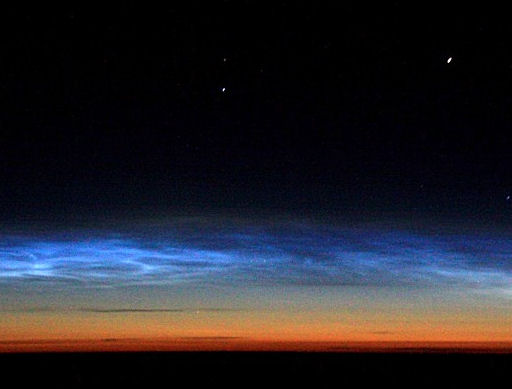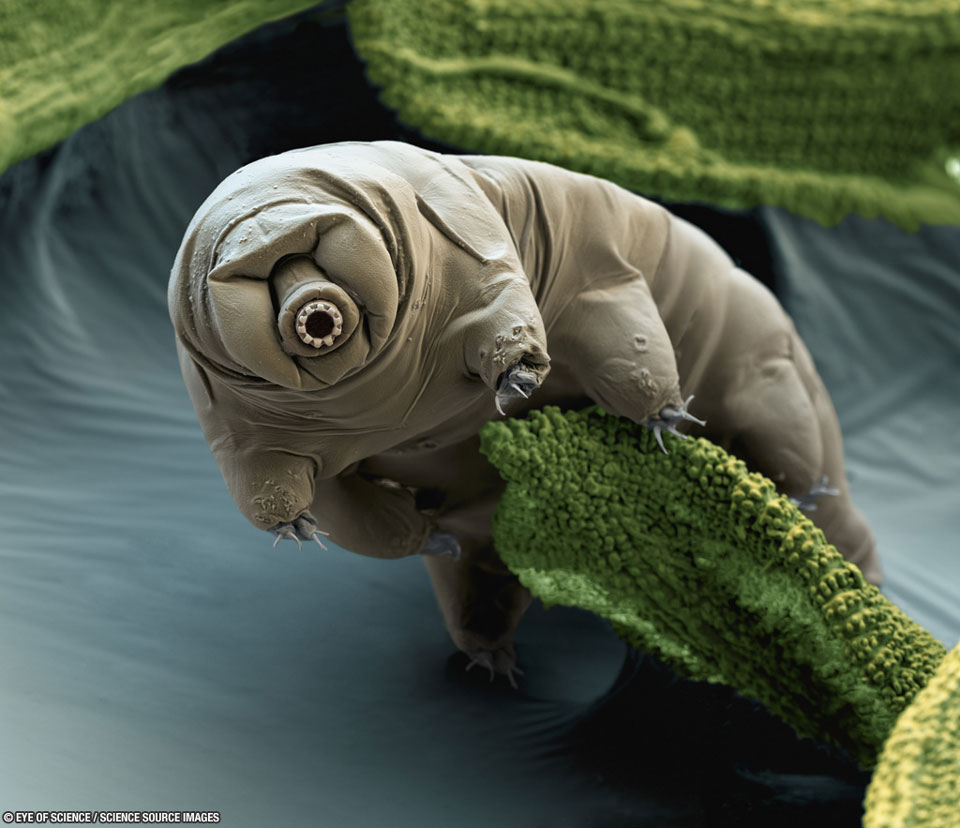
Moderators: Elvis, DrVolin, Jeff
MinM wrote:[REFER.]Friday, March 09, 2012
Professor Timothy Messer-Kruse has devoted the last ten years of his
life to one topic -- the 1886 Haymarket Riot. But when Messer-Kruse
tried to correct a wrong fact about the event, he ran afoul of
Wikipedia's thorny editing culture. Brooke talks to Messer-Kruse about
his editing travails, and Phoebe Ayers, Wikimedia Foundation member,
about Messer-Kruse's experience from Wikipedia's side.
http://www.onthemedia.org/2012/mar/09/p ... wikipedia/

Today on Bad Astronomy, Phil Plait wrote:Today is the great Leap Second Day, when an extra second is added to our clocks at midnight. For one odd moment, the official time will actually go from June 30 at 23:59:59 to 23:59:60 instead of directly to July 1 at 00:00:00.
The reason this is done is because the atomic clock standard we use has a very slightly different rate than the rotation-of-the-Earth based Coordinated Universal Time system. To be clear: it’s not that the Earth is slowing down so much we have to add a second every couple of years! It’s that they run at different rates, so we have to compensate by throwing in the odd leap second now and again.
This has been planned for some time, and in fact I wrote about this in excruciating detail in January. Because there is simply no way I can top the brilliance of that post, I’ll simply repost it here. It’s a bit long, but that’s OK: you have an extra second today to read it.

justdrew wrote:Since when do we have any plants like this on earth... ?African fruit 'brightest' thing in nature - but!.. does not use pigment to create its extraordinary colour
September 10, 2012
Most colours around us are the result of pigments. However, a few examples in nature – including the peacock, the scarab beetle and now the Pollia condensata fruit – use structural colour as well. Fruits are made of cells, each of which is surrounded by a cell wall containing cellulose. However, the researchers found that in the Pollia condensata fruit the cellulose is laid down in layers, forming a chiral (asymmetrical) structure that is able to interact with light and provide selective reflection of only a specific colour. As a result of this unique structure, it reflects predominately blue light.
The scientists also discovered that each individual cell generates colour independently, producing a pixelated or pointillist effect (like those in the paintings of Seurat). This colour is produced by the reflection of light of particular wavelengths from layers of cellulose in the cell wall. The thickness of the layers determines which wavelength of light is reflected. As a result, some cells have thinner layers and reflect blue; others have thicker layers and reflect green or red. The researchers believe that the plants invest in the complicated colouring structure as a mechanism for seed dispersal. Although the Pollia fruit does not provide any nutritional value, birds are attracted to its bright colouring – possibly as a means of decorating their nests or impressing their mates. Dr Beverley Glover from the University of Cambridge's Department of Plant Sciences, who jointly led the research, said: "This obscure little plant has hit on a fantastic way of making an irresistible shiny, sparkly, multi-coloured, iridescent signal to every bird in the vicinity, without wasting any of its precious photosynthetic reserves on bird food. Evolution is very smart!"
... this would seem to indicate we could invent a new kind of color printer that prints by spitting paper onto paper.
 for the following.
for the following. 
During the late Summer of 1963, Beatle George Harrison traveled to Benton IL for a three week visit with his sister Louise Caldwell as “1st Beatle visit to the USA”

Users browsing this forum: No registered users and 7 guests